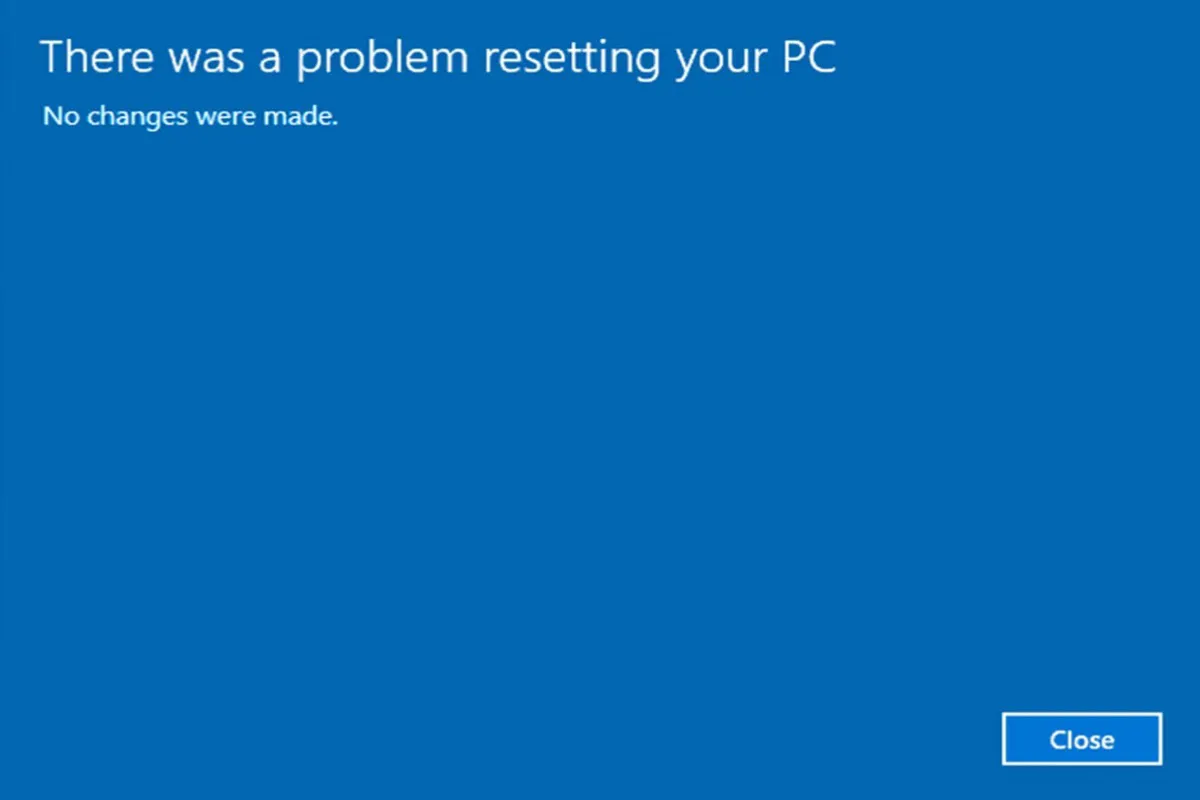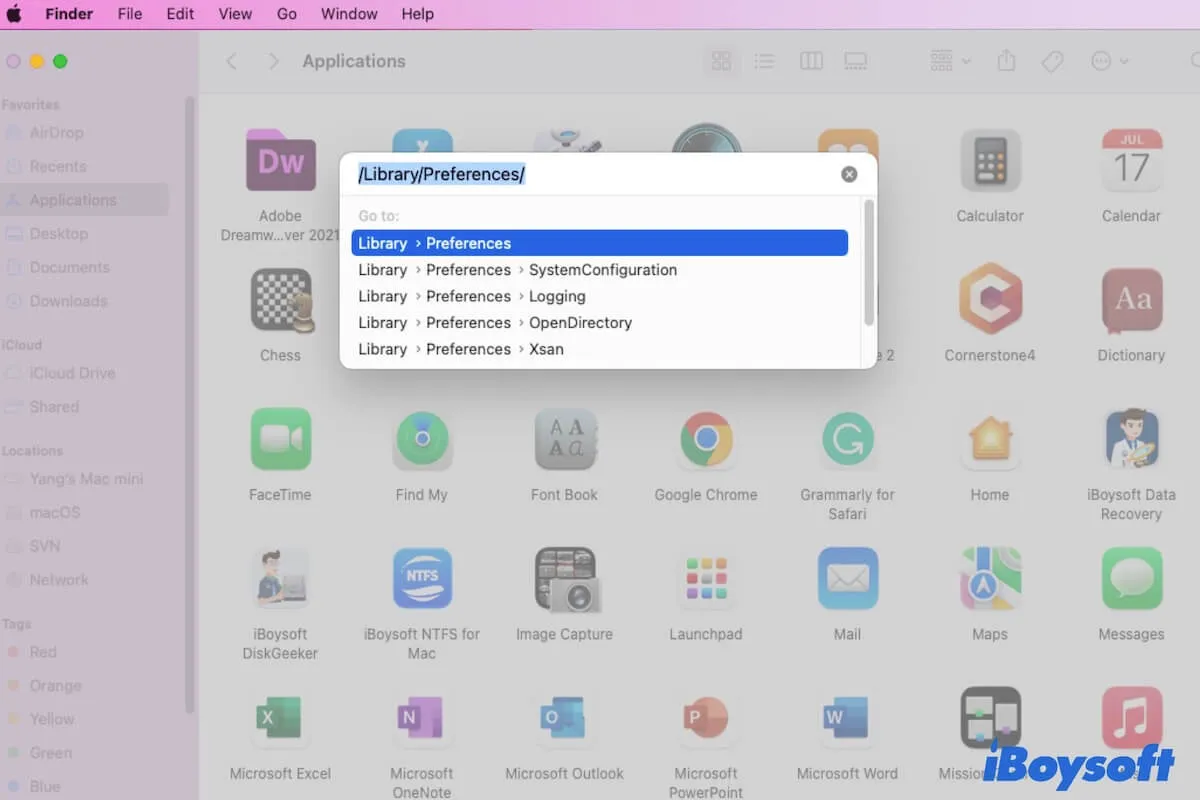Considering the potential data loss risk, it's crucial to proceed with caution.
Here's a summarized approach:
- Backup your Important Data first: If possible, connect your HDD to another Mac or use a bootable macOS USB drive to access your data and create backups.
Then try using Disk Utility in Recovery Mode. Select the disk, and attempt to repair or mount the APFS container or its volumes. If Disk Utility fails, you might need to use Terminal commands like “diskutil” to repair the APFS container or volumes. Be cautious with these commands as they can irreversibly damage data if not used correctly.
All in all, it is recommended to use iBoysoft DiskGeeker, it is experienced and well-versed in disk recovery and backing up your APFS volume, which is safer and easier to operate.
iBoysoft DiskGeeker
- If the above steps don't resolve the issue, consider seeking professional help from Apple Support or a data recovery specialist.


